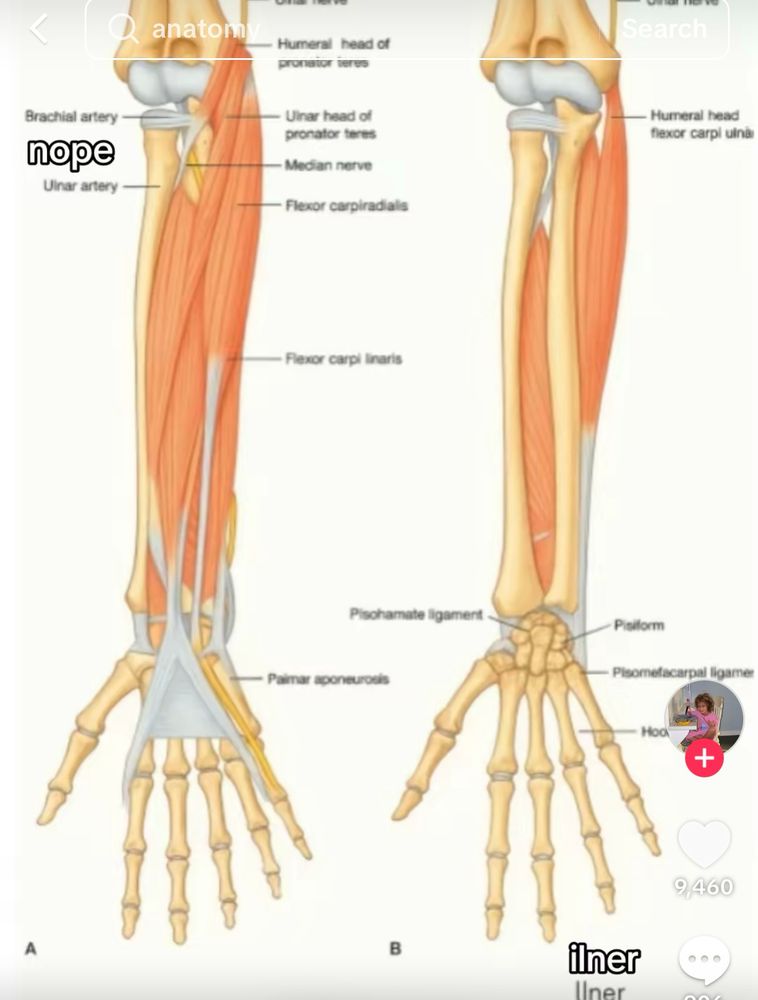
Editor-in-Chief, International Breastfeeding Journal

Phew - 88% of Australians know that antibiotics don't work against viruses.
#IDSky #AMSSky
www.clinicalmicrobiologyandinfection.org/article/S119...

Phew - 88% of Australians know that antibiotics don't work against viruses.
#ReframingWomenPrintmakers 🎄

#ReframingWomenPrintmakers 🎄
✅ Only take antibiotics prescribed for you
✅ Ask if the prescribed antibiotics are the preferred first-line treatment
✅ Prevent infections by washing your hands and getting vaccinated
Learn more 👉 bit.ly/4otAEcV

✅ Only take antibiotics prescribed for you
✅ Ask if the prescribed antibiotics are the preferred first-line treatment
✅ Prevent infections by washing your hands and getting vaccinated
Learn more 👉 bit.ly/4otAEcV
* Institutional support (publishers coud hire journalists; independent science integrity watchdog; protect whistleblowers)
* Tools and training (PubPeer, German Scence Media Centre)
* Fix science? That one is yours (meaning the audience), sorry!
#IRICSydney

* Institutional support (publishers coud hire journalists; independent science integrity watchdog; protect whistleblowers)
* Tools and training (PubPeer, German Scence Media Centre)
* Fix science? That one is yours (meaning the audience), sorry!
#IRICSydney
Where should science journalism fit in?
#IRICSydney

How to spot industry influence on science?
www.sydney.edu.au/news-opinion...
Our papers have been flagged to be retracted, e.g. journals.plos.org/plosone/arti...
#IRICSydney

How to spot industry influence on science?
www.sydney.edu.au/news-opinion...
Our papers have been flagged to be retracted, e.g. journals.plos.org/plosone/arti...
#IRICSydney
In certain companies, authors who raise integrity issues can be 'discredited'.
LB's research has been 'monitored by Coca-Cola
www.smh.com.au/technology/c...
#IRICSydney


In certain companies, authors who raise integrity issues can be 'discredited'.
LB's research has been 'monitored by Coca-Cola
www.smh.com.au/technology/c...
#IRICSydney
Imagine being stuck in a claustrophobic iron lung, to breathe
Maybe we all need to time travel, to appreciate how science & public health save us, every single day?

Imagine being stuck in a claustrophobic iron lung, to breathe
Maybe we all need to time travel, to appreciate how science & public health save us, every single day?
In case you were wondering, this was a female that fledged. There is one female and one male remaining to fly the coop. #PeregrineFalcons
[📷 Credit: Daryl Jones]

In case you were wondering, this was a female that fledged. There is one female and one male remaining to fly the coop. #PeregrineFalcons
[📷 Credit: Daryl Jones]

I’m interested in hearing from strong candidates who want to apply with me to the competitive PhD funding scheme in the Department of Physiology, Development and Neuroscience @ Cambridge.
I’m interested in hearing from strong candidates who want to apply with me to the competitive PhD funding scheme in the Department of Physiology, Development and Neuroscience @ Cambridge.
Come along to #Siblings in #PedsICU Research Interest Group to hear Dr Suza Trajkovski discuss findings from her integrative review and offer suggestions for support!
Date: Nov 18th @ 8am AEDT
Find out more: [email protected]

Come along to #Siblings in #PedsICU Research Interest Group to hear Dr Suza Trajkovski discuss findings from her integrative review and offer suggestions for support!
Date: Nov 18th @ 8am AEDT
Find out more: [email protected]

Nice example of multidisciplinary narrative review.
Add Candida auris ⏭️Candidozyma auris.
The only one left is Candida albicans!
#IDsky
link.springer.com/article/10.1...

Nice example of multidisciplinary narrative review.
www.youtube.com/watch?v=dNKk...
www.youtube.com/watch?v=dNKk...
Read more ⬇️


'Cat on a Mat'
etching and watercolour
Contemporary printmaker
#Reframingwomenprintmakers

'Cat on a Mat'
etching and watercolour
Contemporary printmaker
#Reframingwomenprintmakers
For example, my field, lactation science, is likely a thing you just now learned exists.
www.science.org/content/arti...
🧪 🛟 🩺 #BlueSci #MedSky #WomenInSci #SciMoms

For example, my field, lactation science, is likely a thing you just now learned exists.
www.science.org/content/arti...
🧪 🛟 🩺 #BlueSci #MedSky #WomenInSci #SciMoms
She’s saying that, understandably, the students are doing super poorly!
Behold what we’re teaching the healthcare professionals of tomorrow:




She’s saying that, understandably, the students are doing super poorly!
Behold what we’re teaching the healthcare professionals of tomorrow:

Just rejected a manuscript that had been submitted to another journal simultaneously 😡
This is completely unethical as it wastes everyone's time and risks duplicate publication.
Please educate new authors/researchers: submit to one journal at a time, please!
#IntBreastfeedJ
Just rejected a manuscript that had been submitted to another journal simultaneously 😡
This is completely unethical as it wastes everyone's time and risks duplicate publication.
Please educate new authors/researchers: submit to one journal at a time, please!
#IntBreastfeedJ


